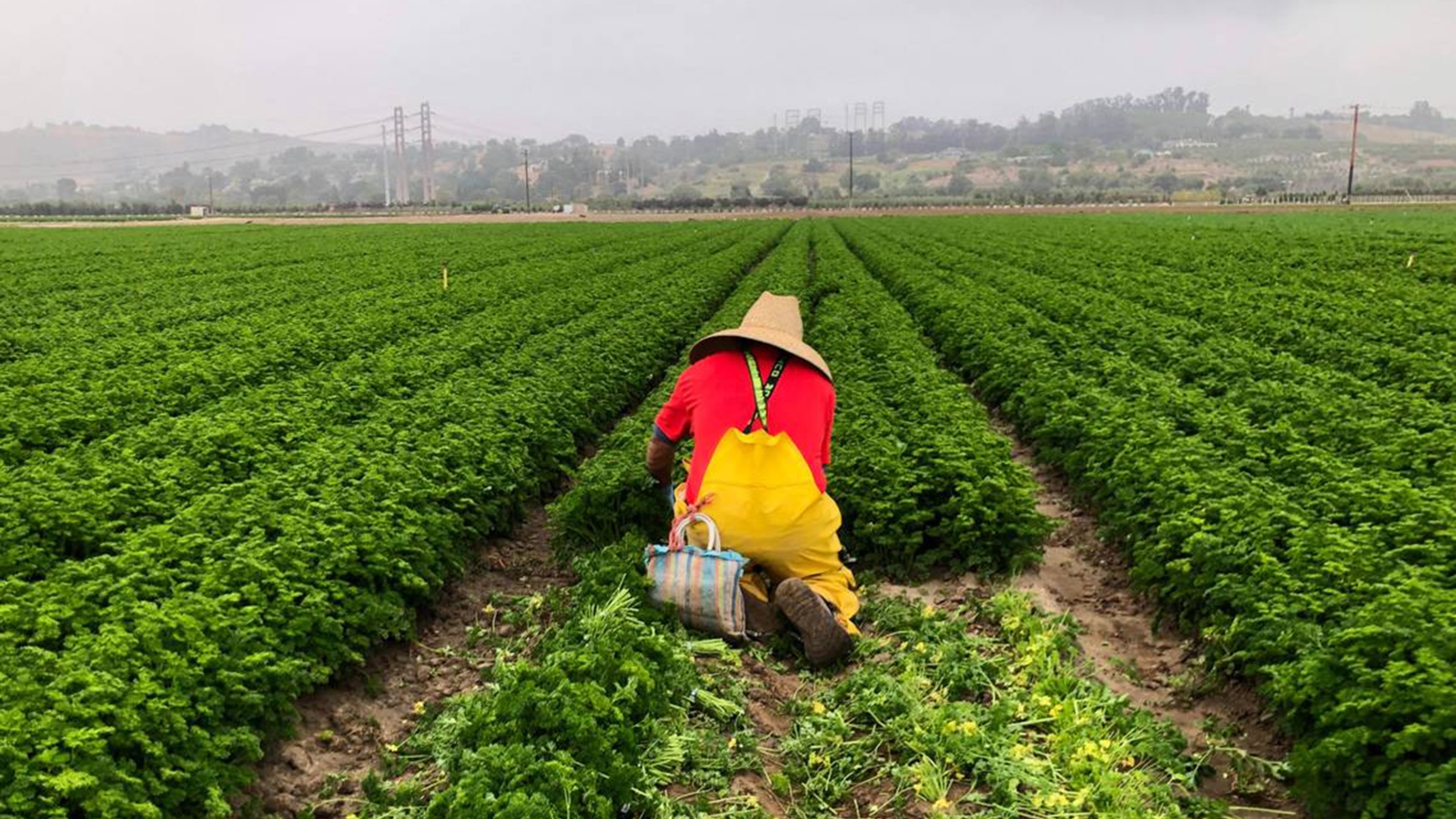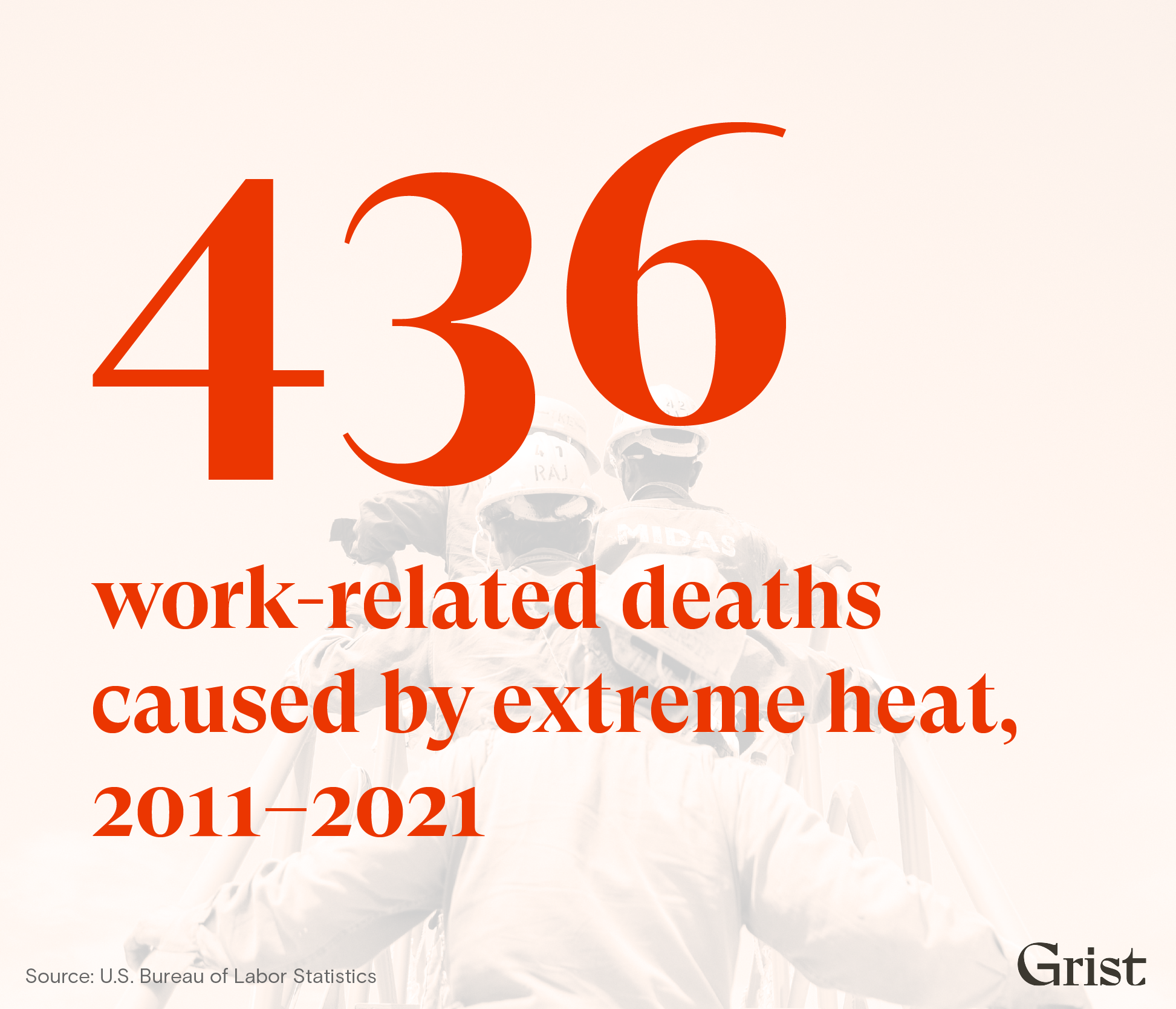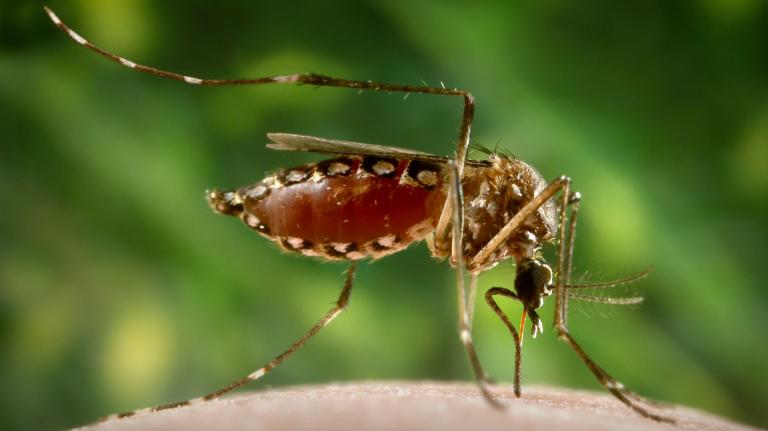Hello, and welcome to the latest edition of Record High. I’m Siri Chilukuri, an environmental justice fellow at Grist. Today, we’re covering the potentially deadly consequences of extreme heat for outdoor workers.
Climate change is creating dangerously hot conditions for construction workers, mail carriers, delivery drivers, airline workers, farmworkers, and more. Conditions that were previously uncomfortable are now unbearable, and the failure of companies — along with some state governments — to catch up to the new normal of heat has had deadly consequences.
U.S. heat-related fatalities have increased in recent years, according to an NPR analysis of Bureau of Labor Statistics data that found the three-year average of worker heat deaths has doubled since the early 1990s. In the decade spanning 2011 to 2021, heat killed more than 436 people on the job.

The myriad of factors that influence how heat is actually felt can be difficult to pin down, but a metric known as the heat index — which combines temperature and humidity — can get close. Last week’s heat index figures were eye-popping, reaching 119 degrees Fahrenheit in Corpus Christi, Texas, and 113 F in both Phoenix and Baton Rouge, Louisiana.
“The heat index is what really worries me,” said Tevita ’Uhatafe, a former airlines-operation worker who’s now the vice president of the Texas chapter of the AFL-CIO union. “Because that’s what we’re actually dealing with when we’re working outside.”
Airline-operations positions often mean working outdoors with limited shade. Plus, being surrounded by the sheet metal of airplanes and the concrete of the tarmac can make it even hotter during periods of extreme heat. Concrete, for example, can actually contribute to rising temperatures.
By mid-century, a quarter of Americans will experience heat index temperatures above 125 F for at least one day a year, according to a statistical model by the nonprofit First Street Foundation. Areas surrounding the Texas-Mexico border will experience temperatures above 100 F for more than a third of the year. In addition, researchers from the Union of Concerned Scientists and the University of California Merced found that outdoor workers stand to lose more than $39.3 billion in income annually by the middle of the century from reduced hours due to heat risk.
Like some airline employees, nearly all farmworkers are exposed to dangerous heat. But unlike them, farmworkers are primarily an immigrant workforce, meaning that any labor protections they might have are incredibly tenuous, and they make up a vulnerable part of society, prone to being exploited.
In addition, says Michelle Tigchelaar, a researcher studying food systems at Stanford University, farm laborers “often work in really specific time periods [under] pressure, where the work has to be done then, because otherwise the food will spoil. So there’s very little opportunity to really shift the work around in accordance with outdoor temperatures.”
And while other types of workers might be able to go home to well-ventilated or air-conditioned homes, farmworkers are often dependent on employers to provide housing, leading to buildings that have been found to be squalid and poorly maintained by employers, if they’re maintained at all.
“The nighttime temperatures are really important for helping your body recover from exposure to extreme heat and sort of reset after [it’s] been really working hard,” said Tigchelaar. “Having access to cool spaces at night is really important to reduce the harmful effects of heat exposure.”
Farm laborers “often work in really specific time periods [under] pressure, where the work has to be done then, because otherwise the food will spoil.”
Those toiling in warehouses may be inside, but their conditions are scarcely better, with workspaces often poorly ventilated and a lack of air conditioning that can drive up temperatures indoors. In states such as Illinois, temporary workers make up large swaths of the expanding warehousing and manufacturing industry. They, too, are vulnerable to extreme heat despite being indoors, said Roberto Clack, executive director of Temp Worker Justice.
“If we’re talking about manufacturing or warehouse settings,” said Clack, “it’s very labor-intensive physical work. And then, of course, the climate is getting hotter.”
Warehouse work is rife with labor issues, and the trend of relying on temp workers has led to issues of exploitation and discrimination.
“Sometimes workers are coerced to keep working — this leads to hospitalizations or even death in some circumstances,” said Clack. “This is going to likely get worse.”
When a worker died of heatstroke in an Amazon warehouse in New Jersey last year, the company quickly moved to provide fans and cooling for workers, after saying the worker’s death was based on a personal medical issue, according to NBC News. The worker, Rafael Reynaldo Mota Frias, was in a particularly hot area of the warehouse and died during the company’s annual Prime Day promotion.
“We’re talking about the human cost and human toll that it will take,” said ’Uhatafe. “We’re going to be killing people.”
When it comes to heat and workers, it’s not all a lost cause. In the same 2022 study on outdoor workers, researchers point out that heat exposures and risk can be solved by using logistics, writing that “adaptation measures such as shifting work schedules and lightening workloads could prevent the majority of outdoor worker exposure to unsafe work time as well as the majority of outdoor worker earnings losses.”
And then there’s collective action. UPS delivery drivers are poised to strike at the end of this month, having tied heat safety to their contract negotiations with company management, as my colleague Tushar Khurana reported. The union has already won historic gains, including most notably getting UPS to provide air conditioning in every delivery truck. Read Tushar’s full story here.
By the numbers
Extreme heat has killed over 400 people while they were on the job in the last decade, according to the U.S. Bureau of Labor Statistics.

Data Visualization by Clayton Aldern / Grist
What we’re reading
Extreme heat is ramping up. So are solutions: Amid heat wave after heat wave, my colleague Claire Elise Thompson explores the solutions that can provide relief from sky-high temperatures for the Looking Forward newsletter. From a volunteer organization that ensures elderly people are safe during dangerous heat to a rating system for heat waves, see how cities and countries across the world are preparing for a hotter world.
![]() Read more, and sign up for Looking Forward, Grist’s climate solutions newsletter
Read more, and sign up for Looking Forward, Grist’s climate solutions newsletter
Acropolis workers strike over extreme heat: One of the most iconic places in the world, the Acropolis in Greece, will soon be unstaffed due to striking workers demanding more protections from extreme heat. Starting Thursday, workers in Athens will strike during the hottest four hours of the day — this comes after workers were forced to work in 113-degree F heat, in Europe’s current heat wave. Last year’s European heat wave killed more than 61,000 people, Forbes reports.
Texas worker accused of being on drugs was actually dying of heatstroke: The mother of a construction worker who died in Texas of heatstroke last year is suing his employer for $1 million. When the man, Gabriel Infante, started acting strange during a 100-degree F day in San Antonio last year, a friend and co-worker tried to cool him down and get him to rest. In the meantime, his supervisor insisted that the man must be on drugs and called the police. He later died of heatstroke symptoms, the Guardian reports.
What will become of daily walks?: A writer for Slate explores how walking, which serves as a mental and physical health booster and climate solution all at once, is under threat from hotter temperatures — and what we can do to heat-proof our cities. Walking outside during a heat wave can put people at risk for heat exhaustion and heat stroke, both of which can cause serious health impacts. Extreme heat is already altering our world irrevocably and daily walks could be the latest victim — unless cities and countries fight back.
A heat-survival guide for the season: Extreme heat will change everything about how society is able to function, but it can be difficult to understand how this will affect the average person. Enter Consumer Reports, which has compiled a comprehensive guide to surviving extreme heat, from what type of clothes to wear to how to enhance your air conditioner.



